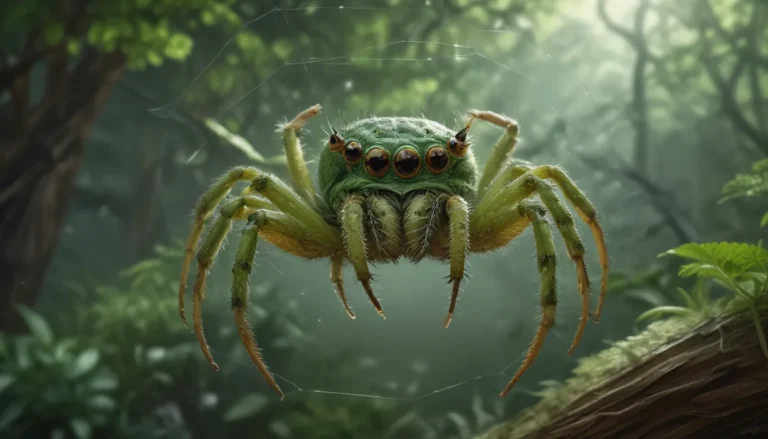The pictures we use in our articles might not show exactly what the words say. We choose these pictures to make you interested in reading more. The pictures work together with the words but don’t take their place. The words still tell you the important facts.
Are you intrigued by the graceful and majestic presence of herons in wetland ecosystems? These remarkable birds, belonging to the family Ardeidae, have captivated nature enthusiasts for centuries with their distinctive appearance and exceptional hunting skills. Join us as we uncover 15 intriguing facts about herons that will deepen your appreciation for these avian wonders.
The Diverse World of Herons
Herons are truly cosmopolitan birds, found in a wide range of habitats across the globe, from wetlands and marshes to coastal areas. These birds grace every continent except Antarctica, showcasing their adaptability to diverse environments.
A Variety of Species
With over 60 different species of herons, each exhibiting unique characteristics and behaviors, there is a wealth of diversity within this avian family. From the elegant Great Blue Heron to the elusive Black-crowned Night Heron, each species offers a fascinating glimpse into the world of herons.
Expert Hunters of the Avian World
Herons are renowned for their exceptional hunting skills, using their sharp beaks and long necks to catch fish, frogs, insects, and even small mammals with precision. Their patient and precise hunting techniques illustrate their mastery of the art of hunting.
The Graceful Flyers
With an impressive wingspan that can reach up to 6 feet, herons are capable of soaring gracefully overhead or gliding effortlessly over bodies of water in search of prey. Their elegant flight and graceful movements are a sight to behold in the natural world.
Nesting Habits and Social Dynamics
Herons are expert nest builders, constructing large and sturdy nests using twigs, branches, and other materials in trees or on the ground. During the breeding season, male herons perform elaborate courtship displays to attract mates, showcasing their unique social dynamics and behaviors.
Mystique Surrounding Herons
Throughout history, herons have held symbolic significance in various cultures, symbolizing grace, patience, and wisdom. Their elegant appearance and remarkable hunting abilities have left a lasting impression on humans, making them a revered symbol in the natural world.
Longevity and Adaptability
Despite their solitary nature, herons have the potential to live for over 20 years in the wild, demonstrating their adaptability and resilience as a species. From tropical rainforests to icy wetlands, herons showcase their ability to thrive in diverse environments.
Unique Hunting Techniques
Herons employ a variety of hunting techniques, including the specialized technique of "bill vibrating" where they rapidly vibrate their bills to mimic the movement of insects. Their specialized joint in their neck, known as the "ball and socket joint," enables them to extend their necks to impressive lengths, aiding in their pursuit of prey.
Frequently Asked Questions
- What do herons eat?
-
Herons primarily feed on fish, but they also consume amphibians, reptiles, small mammals, and insects.
-
Where do herons build their nests?
-
Herons typically nest in trees near bodies of water, such as swamps, lakes, or rivers, constructing large and sturdy structures made of twigs.
-
How long do herons live?
-
Herons can live up to 25 years or more, depending on species and environmental factors.
-
How do herons catch their prey?
-
Herons use a variety of hunting techniques, including "still hunting," where they stand motionless in water or on the shore, waiting for fish to swim within striking distance.
-
Are herons solitary birds?
-
While herons may be solitary hunters, they often gather in colonies during the breeding season for nesting purposes.
-
Can herons fly long distances?
-
Yes, herons are migratory birds capable of flying long distances to find suitable breeding and feeding grounds.
-
Are herons endangered?
-
Some species of herons are considered threatened or endangered due to habitat destruction and pollution, while many species are currently not at risk.
-
Are herons related to storks?
-
Yes, herons and storks belong to the same family of birds called Ardeidae.
-
Can herons swim?
-
While herons are primarily wading birds, they are capable of swimming if necessary, but they generally prefer to stay on land or in shallow water.
-
How many species of herons are there?
- There are approximately 64 recognized species of herons globally, distributed across various continents.
Embracing the Beauty of Herons
In conclusion, herons are truly fascinating creatures that embody elegance, grace, and resilience in the natural world. Whether you encounter a heron gracefully perched on a branch or wading through shallow waters, take a moment to appreciate the intricate nature of these birds and their vital role in maintaining a balanced ecosystem. Herons not only serve as indicators of a healthy environment but also remind us of the wonders of the animal kingdom.
Explore the playful nature of green herons, the majestic presence of great blue herons, and the captivating hunting habits of these avian wonders. Discover the enchanting world of herons and immerse yourself in the beauty and complexity of these remarkable birds.
Trustworthy Information at Your Fingertips
Our commitment to delivering reliable and engaging content is evident in every fact we share. Contributed by real users like you, each fact undergoes meticulous review by our dedicated editors to ensure accuracy and authenticity. Trust in our dedication to quality as you delve into the fascinating world of herons and expand your knowledge of the natural world. Happy exploring!






